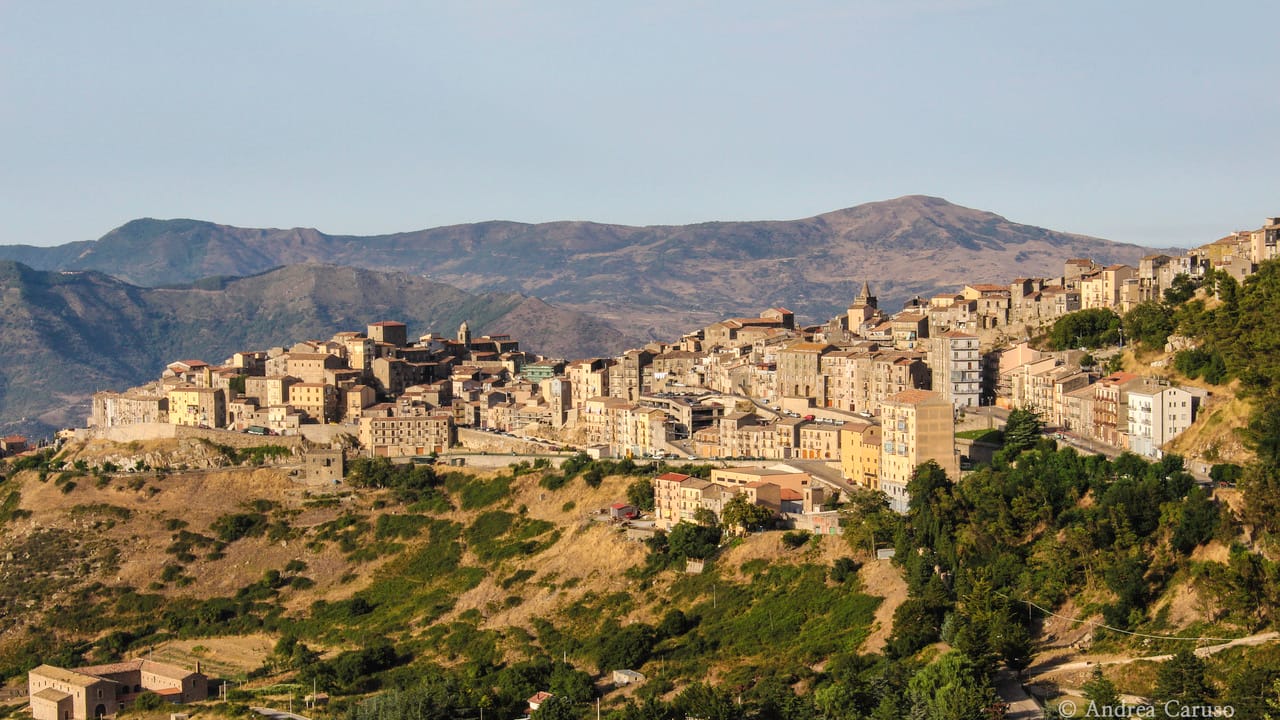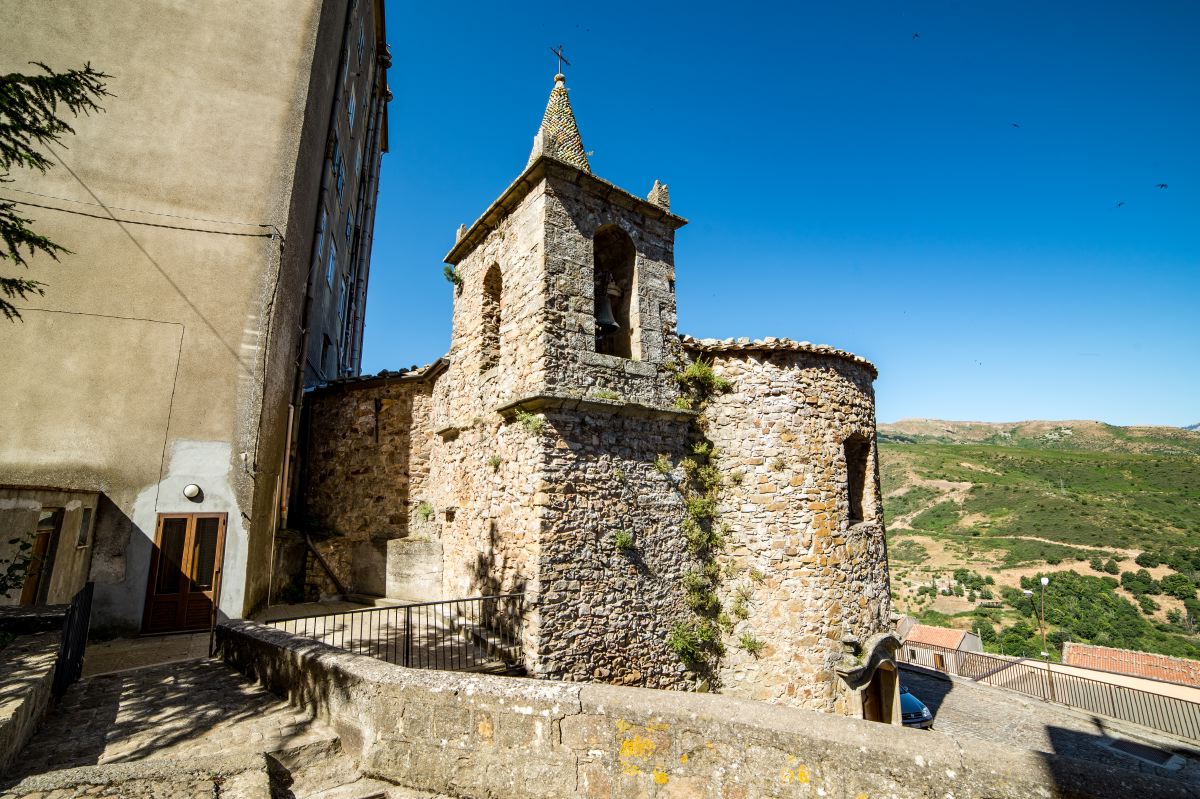Long Corso Vittorio Emanuele (which departs from Piazza del Popolo) stands out the spectacular 1623 majolica spire that surmounts the bell tower of St. Stephen’s Church, which rose outside the walled perimeter near the Buchiria gate. The church, seat of the confraternity of the same name, must have existed as early as 1576, as can be seen from the inventory of movable property drawn up at the request of the archbishop of Messina Giovanni Retana, although it was not until the late 1700s that it took on its present volumetric conformation generated by the oval plan with chapels on the main axes.
The church was built in the 18th century, and was built in the 18th century.
The layout constitutes a singular episode in local religious architecture and should rather be placed in the broader Sicilian picture of churches with a centric plan, both those built in the centers of the Val di Noto after the 1693 earthquake and those in the Madonite context dominated by the activity of Gangi architect Gandolfo Felice Bongiorno, such as SS. Salvatore and Santa Maria di Loreto in Petralia Soprana or San Giuseppe “the poor man” in Gangi (1774), whose floor plan è similar to that of the Geracese church.
The church’s layout is similar to that of the church in Gangi.
It is precisely Bongiorno, who in the same years of the reconstruction of Santo Stefano was engaged in the work of internal reconfiguration of the Mother Church of Geraci, can be considered the inspirer of the project, while the names of the workers can be obtained from the payments recorded in the Rationales; starting in 1785, in fact, numerous compensations result to the masters Mariano and Gaetano Castello of Gangi and Felice Coco for «the fabrications of the new church », while in 1792 the Petralese Giuseppe Augusta was paid for the portal in carved stone, bearing two vasotti at the sides and a cartouche in the center (stolen in recent decades) with the palm, symbol of the martyrdom of the Saint.
Among the works of art housed in the church are the wooden statue of the saint, dating back to the late 15th century, the canvas of the Vision of St. Stephen, a work by the well-known painter Giuseppe Salerno from 1609, as well as the copper painting of Our Lady of Grace, dating from before 1694.



